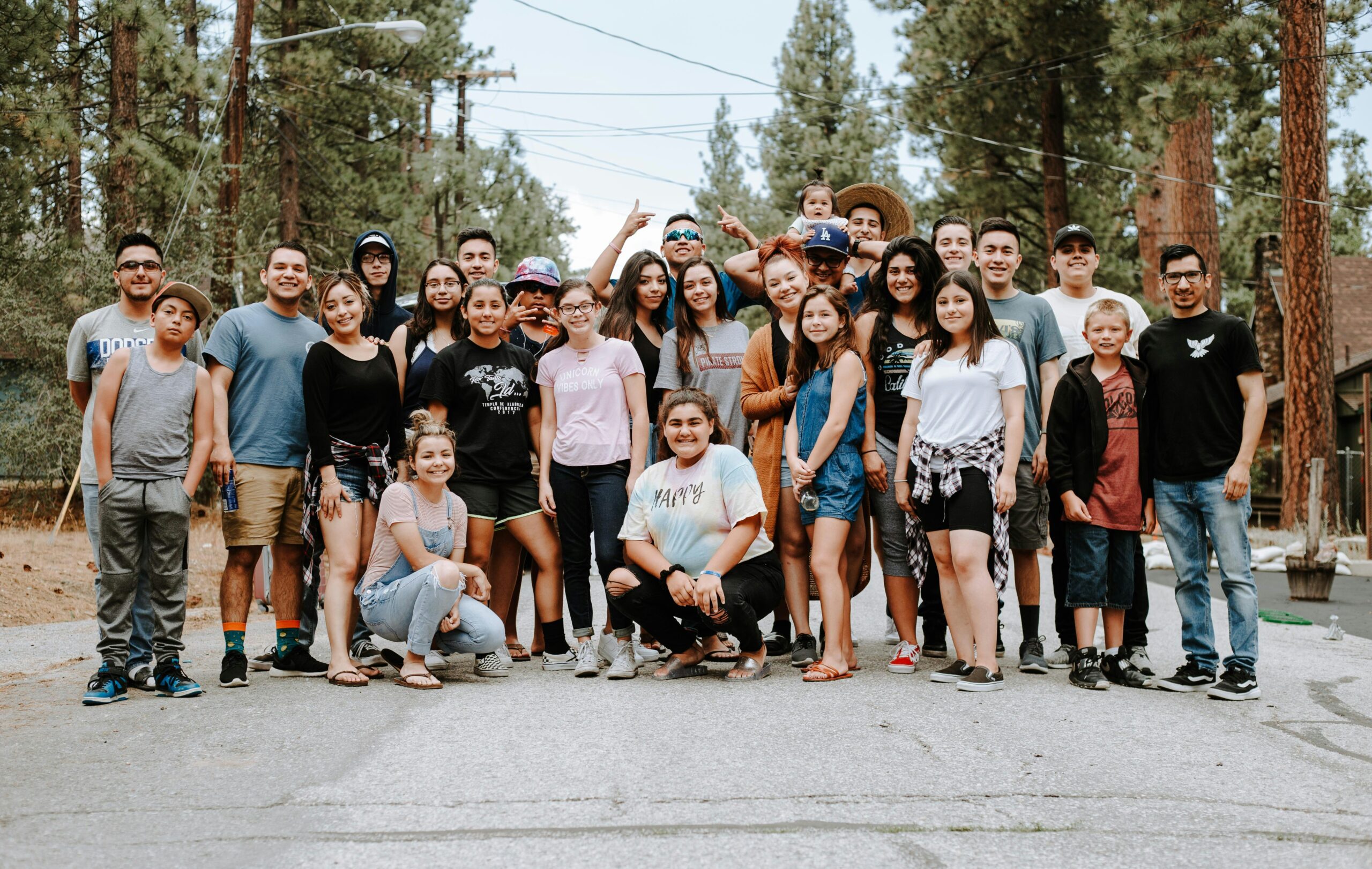Evangelism
5 Principles for Building an Evangelistic Culture in Your Church

We all want God to use our churches to reach people for Christ. I don’t believe there is anything more important to do with our lives than helping people begin a relationship with Jesus.
But I also know many people in our churches are fearful of telling other people about Christ. Jesus made it clear in the Great Commission that evangelism needs to be our priority—but it’s not the priority for most Christians.
For the Great Commission to be your church’s priority, it must be a part of your church’s culture.
Five principles played a major role in how we approached evangelism during my time at Saddleback. They are universal principles that I believe any church can use to build an evangelistic church culture.
Principle 1: Think like an unbeliever.
The longer you’re a Christian, the more difficult it is to think like a non-Christian. Worse yet, if you’re a pastor, you’re even further away from the experiences of non-believers. Your perspective changes the longer you’re a Christian.
To bridge this gap, we need to spend time with non-Christians, so we can ask questions to understand their needs, interests, and objections to the church.
When I moved to the Saddleback Valley more than 40 years ago, I spent 12 weeks going door to door to more than 500 homes in our community. The first preliminary question I asked was, “Are you currently a member of a local church?” If they said yes, I politely excused myself and went to the next house.
I wanted to talk with those who answered no. I told them I wasn’t selling anything. I didn’t even plan to share the Gospel on the spot. I just wanted to ask them a series of questions.
- What is the greatest need in your area?
- Why do you think most people don’t attend church?
- If you were looking for a church, what would you look for?
- I’m starting a church nearby. What advice do you have for me?
Those conversations had a profound impact on how I related to people and how Saddleback reached out to unbelievers in the years ahead.
Principle 2: Focus on felt needs.
The fastest way to build a bridge to the unchurched is to express interest in them and show that you understand the problems they are facing. Felt needs, whether real or imaginary, are a starting point for expressing love to people.
That’s why I asked the questions I did when I first came to the Saddleback Valley. It wasn’t marketing. I wanted to know the needs of the people I wanted to reach because meeting those needs opens the door for evangelism.
I have a conviction that a church can reach any person if you discover the right key to their heart.
For some people, that need may be housing or food. For others, the felt need may be in their marriage or their relationship with their kids. You’ll never know what need your church can meet until you spend time with and ask questions of unbelievers.
Principle 3: Let your mission field determine your approach.
You need to be flexible and adapt your methods to the location God has placed you in. Before starting Saddleback, I was involved in ministry in rural northern California; Nagasaki, Japan; and inner-city Los Angeles. What worked in one location didn’t work in the next. I had to learn to adapt.
Jesus did that too. He never had a standard approach to evangelism. He treated each person like an individual. Jesus tailored his approach to the person he was reaching.
That’s why I’ve let the unchurched set my evangelistic agenda.
Here’s how you can let the unchurched set the evangelistic agenda for your church:
- Allow unbelievers to set your programs. Focus your programs, including your sermon series, on the felt needs of the people you want to reach.
- Allow unbelievers to determine your strategy. You may use contemporary music because it is the kind of music your visitors listen to on the radio.
- Allow unbelievers to determine your style. Base your church style on the style of your neighborhood, community, or city.
- Allow unbelievers to set your goals. If you want to reach as many unbelievers as possible with the Gospel, create your goal around that mission.
Don’t sit in a room and devise innovative ways to reach people. Instead, base everything you do on the needs of the people who come to your church.
Principle 4: Minister outside of your comfort zone.
You’ll need to take risks to reach your community. Be willing to be uncomfortable to reach your neighbors.
The more comfortable you feel in your worship service, the less comfortable a non-Christian will feel.
One of the reasons churches die is they refuse to make their members uncomfortable so the church can reach new people. They hold on to tradition and “how we’ve always done things.”
We need to be willing to change anything in our churches—other than the message of Scripture—to reach new people. Still, traditions are fine if they don’t hold you back from reaching people for Jesus.
Principle 5: Appeal to as many needs as you can.
Every good fisherman knows the more hooks you use, the more fish you’ll catch. The same is true in evangelism. The more needs you meet, the more likely you are to reach people.
That’s one reason we tried to make it as easy as possible for lay people to start new ministries at Saddleback. It’s called satiation evangelism. It’s using every available means to reach every available person. Eventually, one of the ways you try will break through to people you’d never think you would reach.
Unfortunately, most churches simply don’t have enough hooks. Typically, it’s because they’re asking the wrong question. The crucial question to ask about an evangelistic ministry is not its cost, but who it aims to reach.
Money spent on evangelism isn’t an expense. It’s an investment.
Equipping believers for evangelism needs to become a priority for every church. As we apply these five principles, we can cultivate a culture where outreach becomes the heartbeat of every church.















